Why Amazon’s Just Walk Out initiative failed - and why it’s not the end of checkout free technology
It recently emerged that Amazon’s Just Walk Out offering is being dropped from Amazon Fresh stores. However, it’s not checkout-free tech that’s failing, it’s the fact that Amazon's checkout free solution doesn't work, especially in grocery retailers, argues Will Glaser, Founder and CEO at Grabango.
In the dynamic grocery retail landscape, a transformative wave is sweeping across the industry, propelled by technological advancements redefining the traditional shopping experience.
Amazon's Just Walk Out (JWO) technology and Grabango’s pure computer vision (CV) systems are at the forefront of these changes, each aiming to eliminate lines for the consumer.
Beyond that similarity, the two companies couldn't be more different.
They vary in size, technological approach, and commercial outcome. The contrast is illuminating in understanding why Amazon's ambitious venture into grocery retail has faced challenges while Grabango's approach is winning accolades.
Amazon's journey into the grocery sector with JWO technology was launched with the promise of revolutionising the consumer shopping experience by redefining the checkout process. Long lines and slow checkout processes remain one of the top friction points for shoppers everywhere.
But Amazon hasn't been successful, and we’ve been predicting their discontinuation of JWO in grocery for some time. The reliance on shelf-sensors, a cornerstone of JWO, has proven to be its Achilles' heel.
These sensors, while innovative, necessitate a fixed store layout and product placement that clashes with the dynamic nature of retail, locking down the SKU list and requiring meticulous store upkeep.
Because of the shelf sensors, JWO stores can't easily rotate end caps or reconfigure shelf space without engineering involvement. For the same reasons, JWO also doesn’t easily support secondary displays, special deal aisles, seasonal items, or other high-impact merchandising programmes.
JWO also drives up operating costs. Store teams, for example, need to continually assure each item is in exactly the right place at all times for the system to work. The additional labour hours required to support JWO more than outweigh any potential cost savings.
Ongoing maintenance of thousands of single points of failure makes matters worse. JWO systems are very expensive to operate, so automating stores with shelf-sensors isn’t reasonable at grocery store scale.
In contrast, Grabango's CV-based system eschews the limitations of shelf-sensors, offering a far more flexible solution. By leveraging its advanced CV technology, Grabango's system is not only easier to install and maintain but also flexible enough to accommodate the full spectrum of products and merchandising strategies that characterise modern grocery.
Adding SKUs and shifting planogram locations are automated and don't stress the system. This adaptability extends to the seamless reconfiguration of store layouts, enabling retailers to stay abreast of consumer trends and seasonal promotions.
In short, Grabango works in ordinary stores. The result is a checkout-free system that enhances the shopping experience, drives revenue growth, and elicits enthusiastic loyalty from consumers. It is inexpensive to install, inexpensive to operate, and boasts ultra-high reliability.
The divergent trajectories of Amazon and Grabango in the grocery sector stem from their respective technological foundations.
Amazon's prescient initial vision was revolutionary, but their implementation baked in the many limitations of shelf-sensor technology. Grabango's harder choice of pure CV made for a more difficult initial phase; but now that it's completed, the technology thrives in existing retail environments.
This is a classic Tortoise and Hare parable, but with the players taking on surprising roles.
The much larger Amazon leapt to an early lead but was unable to turn that lead into sustained success. The smaller and more nimble Grabango, ironically, took the more difficult technical path, and is now reaping the benefits of its patience with a fundamentally more capable system.
Technology that enhances the shopper experience and helps retailers operate their stores will continue to succeed and grow. A good example of that in the checkout-free space is Grabango at Aldi. The store is a standard Aldi store, not one purpose built to support checkout-free.
Aldi did not need to make any changes to the store’s planogram or product displays. Customers shop as they always have for their weekly groceries, including fresh meat and seafood, organic produce, pantry staples, and Aldi Finds. There are no special shelves, carts, or gates at the entrance.
When done, shoppers pay with either their credit or debit card, or with the Grabango app. Alternatively, shoppers still have the option to wait in line for a traditional cashier if they prefer.
The story of Amazon's JWO and Grabango's CV systems reflects the evolving dynamics of retail, where success hinges not just on shiny new technologies but on efficiently integrating them with operational realities.
As the grocery sector looks to the future, the victors will be those who delight their shoppers and excel in the pragmatic incorporation of technology. Those retailers who hesitate will be left behind with a burdensome consumer experience and the high cost of 20th century checkout.





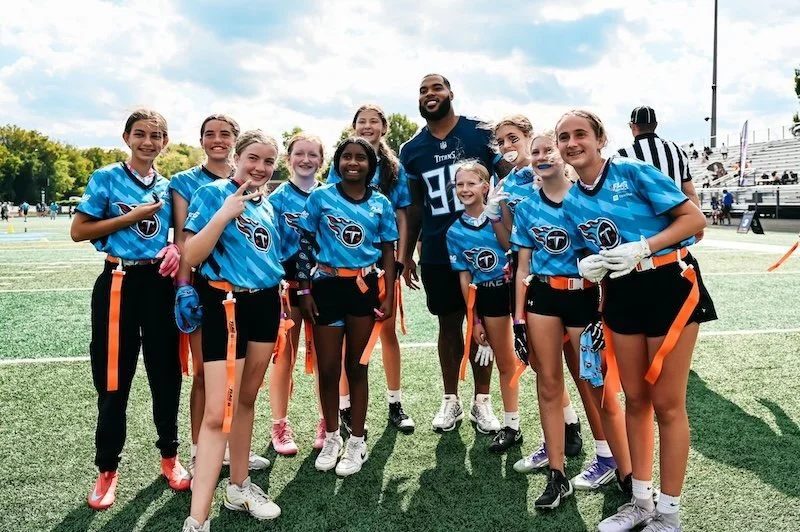





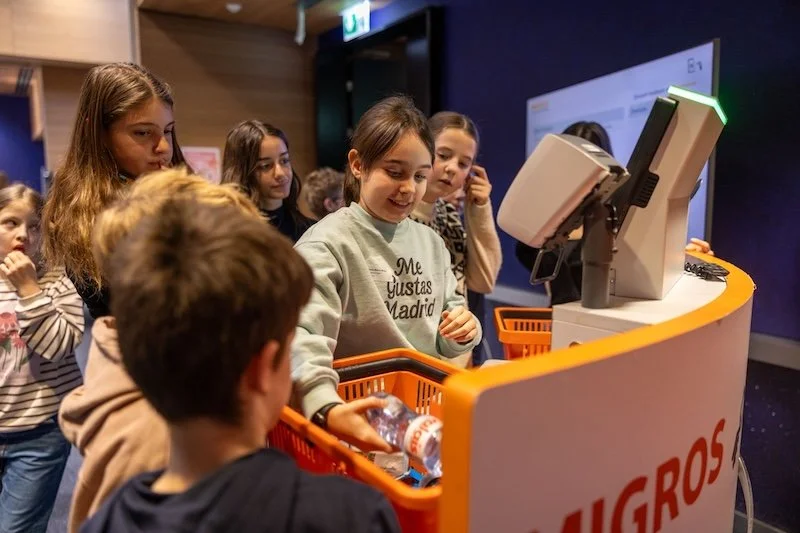
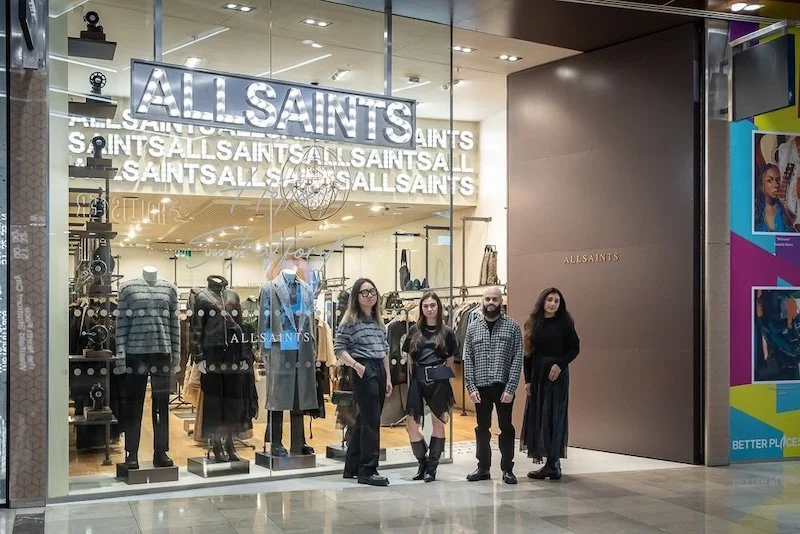

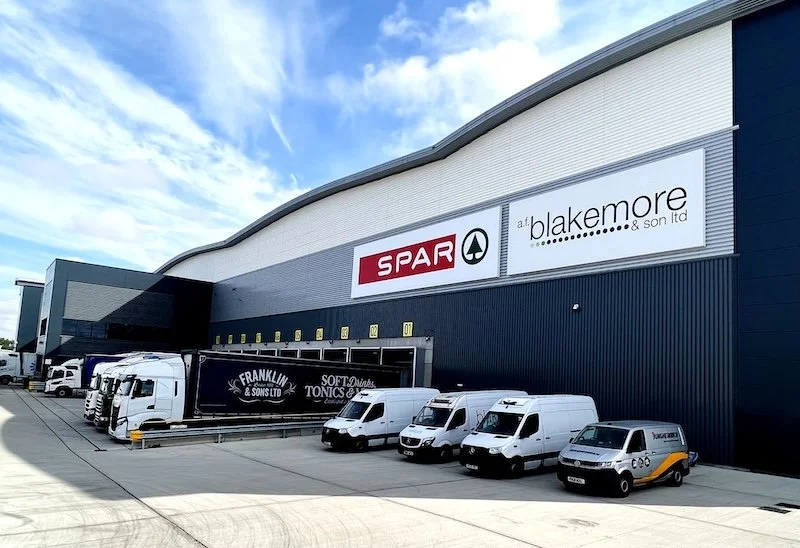



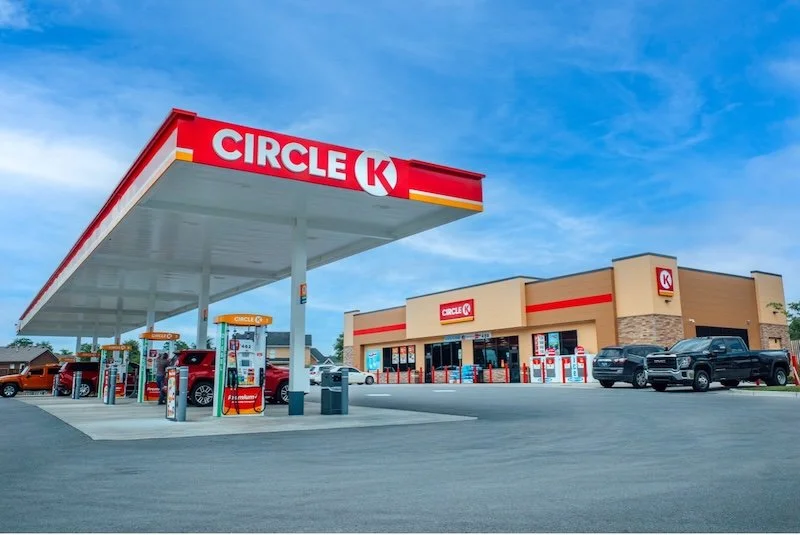










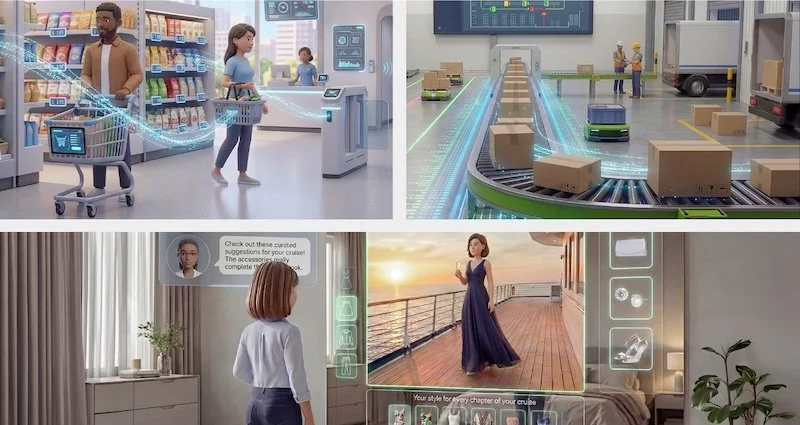
Continue reading…